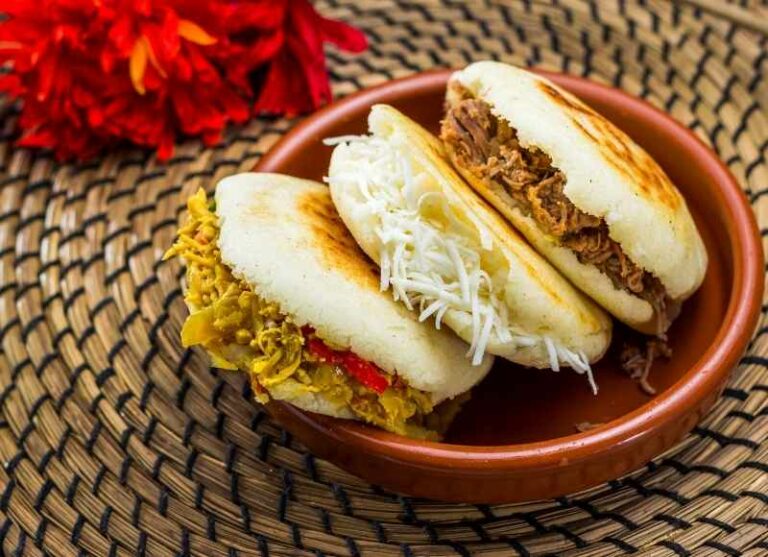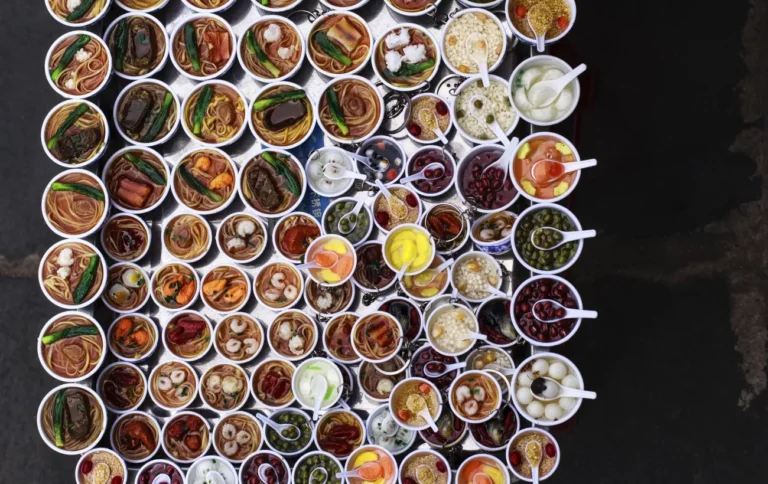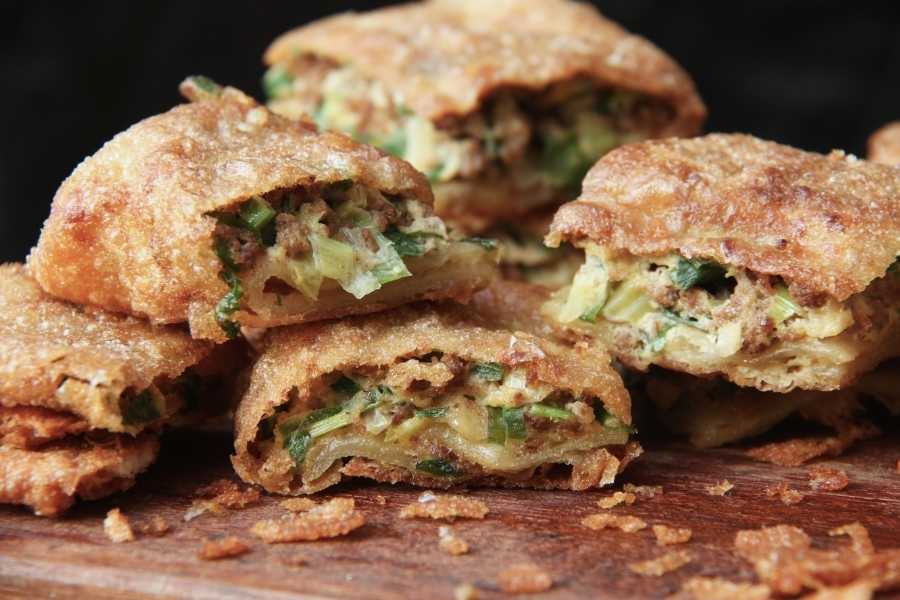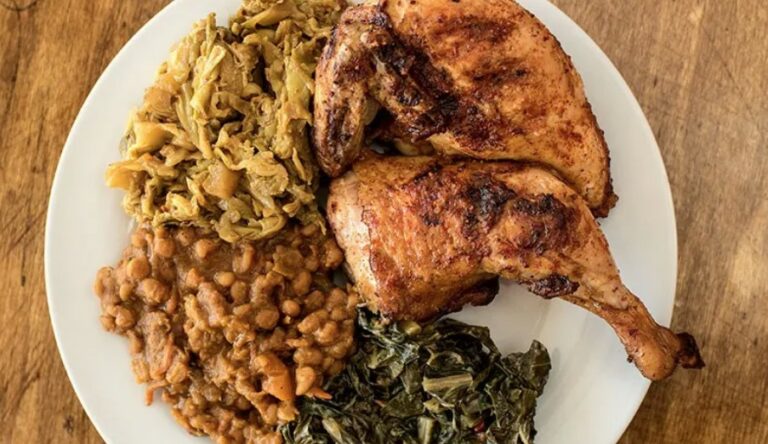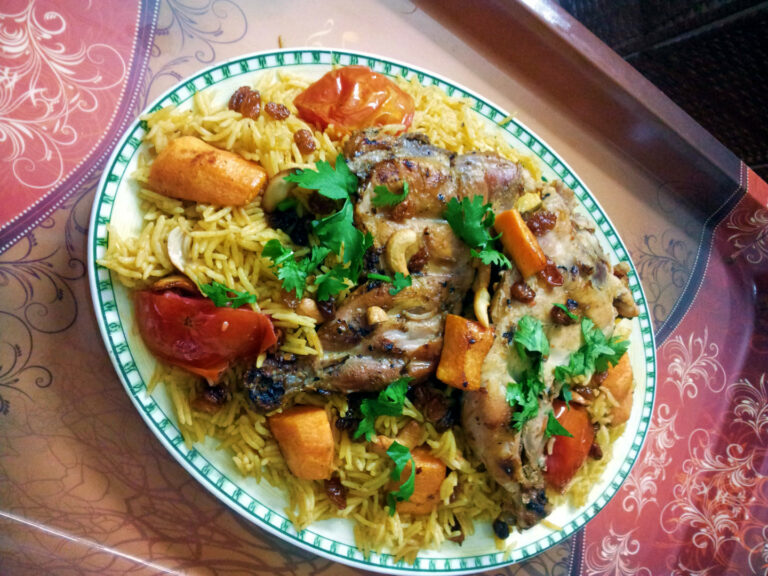Introduction: Uruguayan cuisine and its staple ingredients
Uruguayan cuisine is a unique blend of European and South American flavors, with a strong emphasis on meat. As a country that is one of the world’s largest beef producers per capita, it’s no surprise that meat is the foundation of Uruguayan gastronomy. However, there are also a variety of other staple ingredients that are essential to any Uruguayan meal, including grains and legumes, vegetables, dairy products, spices, and condiments.
Meat: The foundation of Uruguayan gastronomy
Uruguayans are known for their love of meat, which is typically grilled on an open flame called an “asado.” Beef is the most popular meat, but other meats like lamb, pork, and chicken are also commonly consumed. In fact, it’s not uncommon for Uruguayans to eat meat for breakfast, lunch, and dinner. The quality of the meat is important, and Uruguayans take great pride in producing high-quality, grass-fed beef that is flavorful and tender.
Grains and legumes: Essential to any Uruguayan meal
In addition to meat, grains and legumes are essential to any Uruguayan meal. Rice, pasta, and potatoes are all popular starches that are commonly served with meat. Legumes like beans and lentils are also a staple in Uruguayan cuisine, and are often used to make hearty stews. Corn is another important ingredient, and is used to make a variety of dishes, including polenta, a type of cornmeal porridge that is often served as a side dish.
Vegetables: From traditional to exotic, a variety of options
Vegetables play an important role in Uruguayan cuisine, and Uruguayans enjoy a wide variety of vegetables. Traditional vegetables like potatoes, onions, and carrots are commonly used in stews and other dishes, while more exotic vegetables like squash, eggplant, and sweet potatoes are also popular. Salad is also a common side dish, and is typically made with lettuce, tomato, and onion.
Dairy products: An important part of Uruguayan cuisine
Dairy products are an important part of Uruguayan cuisine, and Uruguayans consume a lot of cheese, milk, and yogurt. Cheese is often served as a snack or appetizer, and is typically made from cow’s milk. Milk and yogurt are also popular, and are used in a variety of dishes, including desserts like flan.
Spices and condiments: Giving flavor to Uruguayan dishes
Spices and condiments are used to give flavor to Uruguayan dishes. Chimichurri, a sauce made from parsley, garlic, and vinegar, is a popular condiment that is often served with grilled meat. Other common spices and condiments include cumin, oregano, and paprika. Salt is also important, and is often used to season meat before it is grilled.




